Tanning is a fascinating process that turns raw hides into stylish, long-lasting jackets. Whether you love a classic biker look or a modern tan finish, understanding how your jacket is made adds value to your purchase!
People typically question the mystery behind transforming wild animal hides into durable materials used for making jackets. The essential production method takes place during tanning. This blog explains the sequence of operations in the tanning process.
Stages of the entire tanning process:
Tanning represents a method that applies treatment to animal skins to stop decomposition and create suitable materials for utilization. The tanning process creates a durable material that prevents damage from moisture and bacteria together with wear. The process involves several steps:
-
Tanning operation starts by removing hair, flesh, and undesirable elements from their hides.
-
Leathers soak in water as part of the process to return their original hydration levels.
-
The application of lime chemicals serves to eliminate hair elements along with proteins while creating a flexible leather material.
-
After lime removal, acids become active to eliminate lime while enzymes bring about hide softening.
-
Post-tanning solution of salt and acid transforms hides into a suitable material for tanning.
-
Hides become leather through a vital chemical process that applies tannins or additional substances.
-
The production stage includes leather drying, which is followed by dye application and then the utilization of finishing techniques to improve texture and final appearance.
Types of Tanning
Skin tanning methods exist in a variety of forms that deliver unique features.
-
Vegetable Tanning – Uses natural tannins, resulting in firm leather.
-
Chrome Tanning- It allows the production of soft, flexible leather but takes a shorter time than other methods.
-
Aldehyde Tanning – Used for softer, white leather.
-
Synthetic Tanning- Uses artificial chemicals for a variety of textures.
The tanning treatments of vegetable and chrome primarily contribute to the manufacturing process of premium leather jackets. You can also read this blog Different Ways Leather Can Be Finished for further information
The chemical process of tanning
Chemical reactions applied during leather tanning stop the hide from becoming rotten. There are two fundamental chemical tanning procedures:
-
When using vegetable tanning agents from trees the natural tannins form bonds with contain proteins to create solid but lasting material.
-
Chemical tanning means interactions between chromate salts transform collagen fibres into a smooth and resistant leather material.
Through this transformation process, the hide structure becomes flexible, which enables it to be suitable for jacket production.
Why Tanning skin requires specific processes
Manufacturers tan animal skins through a process that stops decomposition while improving their durability properties. The process makes leather:
-
Resistant to moisture and bacteria.
-
The material becomes more flexible and soft because of its fashion application.
-
Long-lasting and strong for everyday wear.
Raw hides become useless for clothing because tanning is not applied.
Top choice of leather jackets at Marco Enzolani
Looking for high-quality leather jackets? Marco Enzolani provides expertly made premium leather jackets that use tanned leather as their primary material. Their collection contains leather jackets offered in multiple lasting shades from traditional tan to refined black finish options.
FAQs
1. What is the best tanning method for jackets?
Chrome tanning is ideal for soft, flexible jackets, while vegetable tanning is great for firm, long-lasting leather.
2. How long does the tanning process take?
Vegetable tanning takes weeks, while chrome tanning can be done in a day.
3. Is tanned leather waterproof?
Tanning makes leather water-resistant, but additional treatments are needed for full waterproofing.
4. Why does leather need tanning?
Without tanning, raw hides would rot and be unusable.
5. Where can I buy high-quality leather jackets?
Marco Enzolani offers expertly crafted, durable leather jackets in various styles.
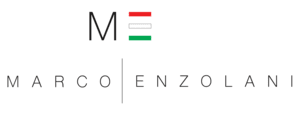
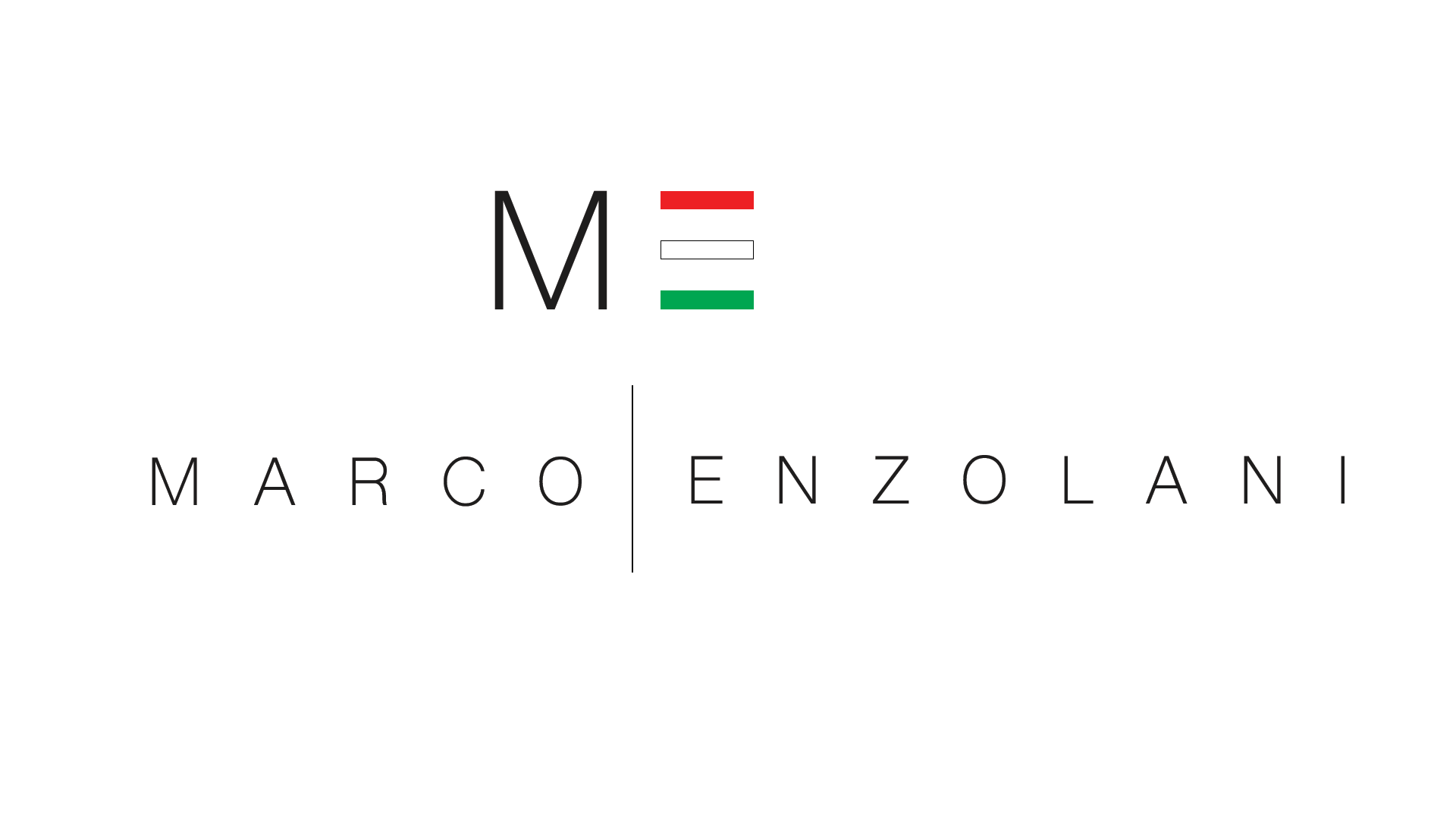
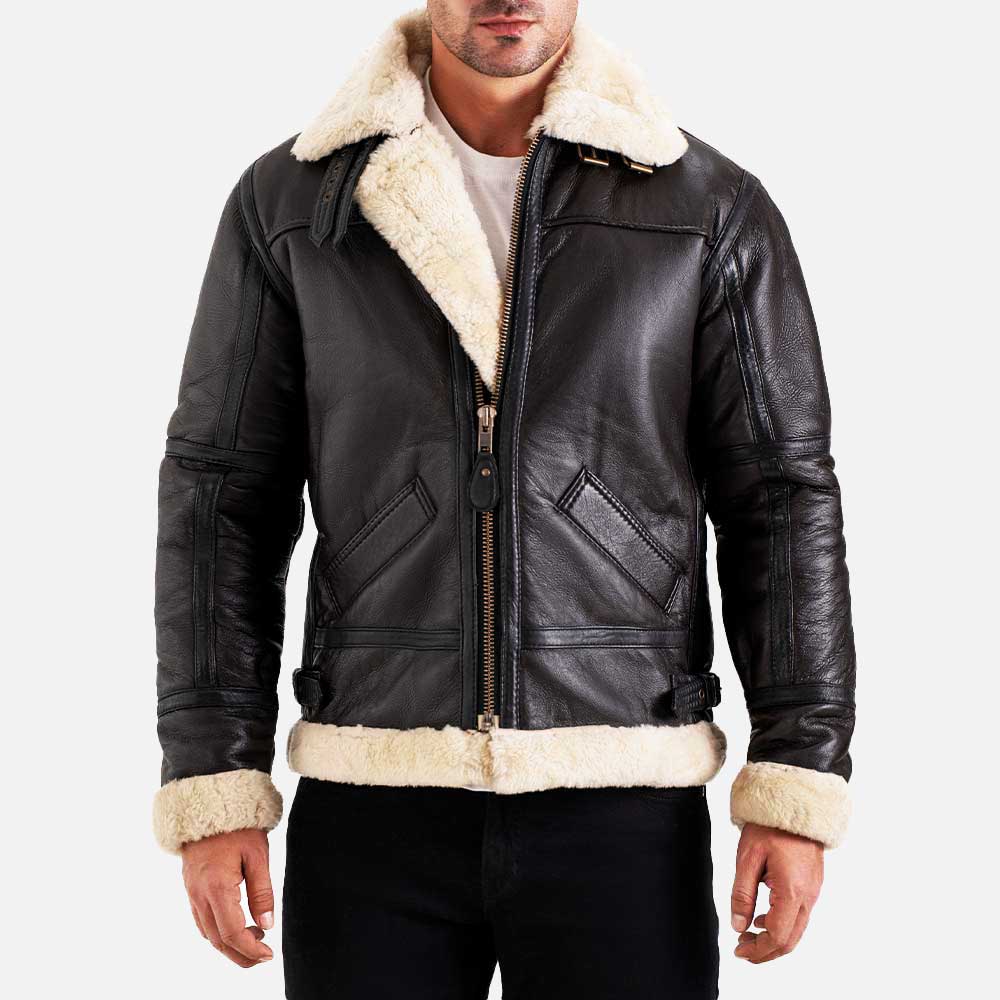
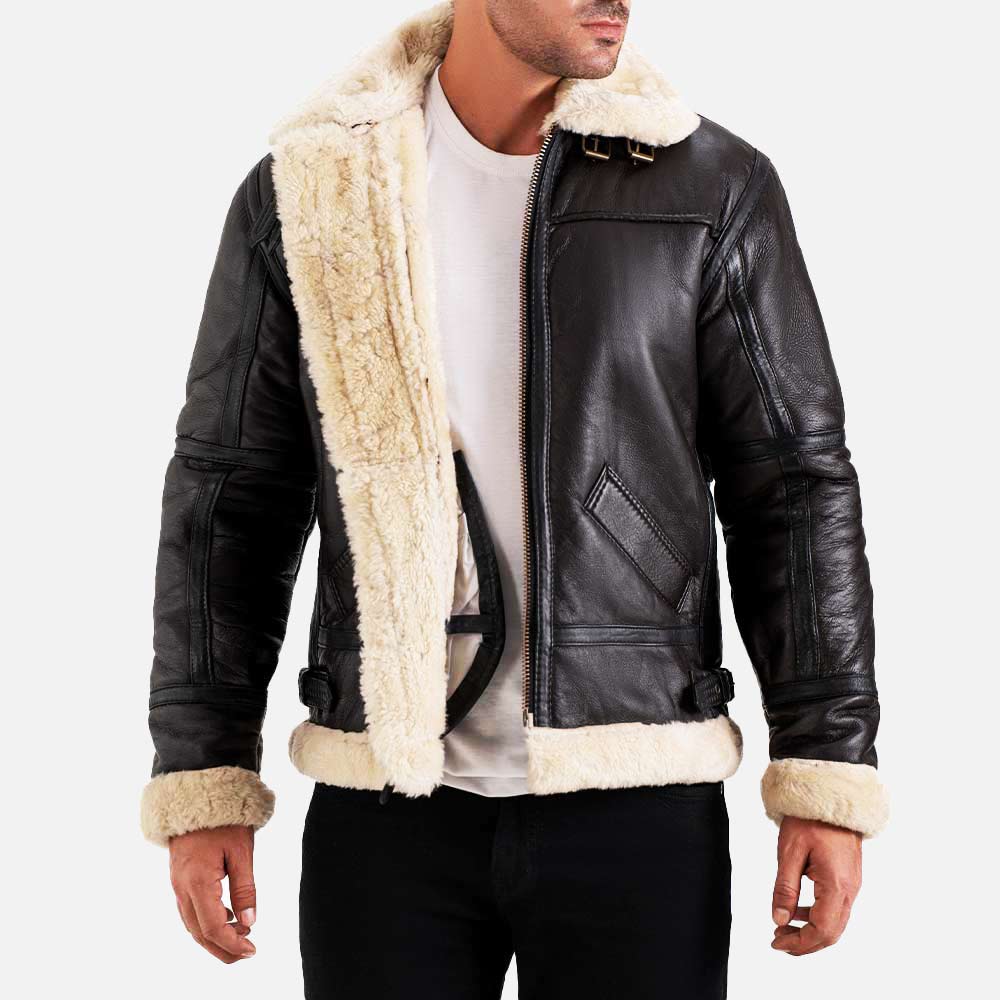
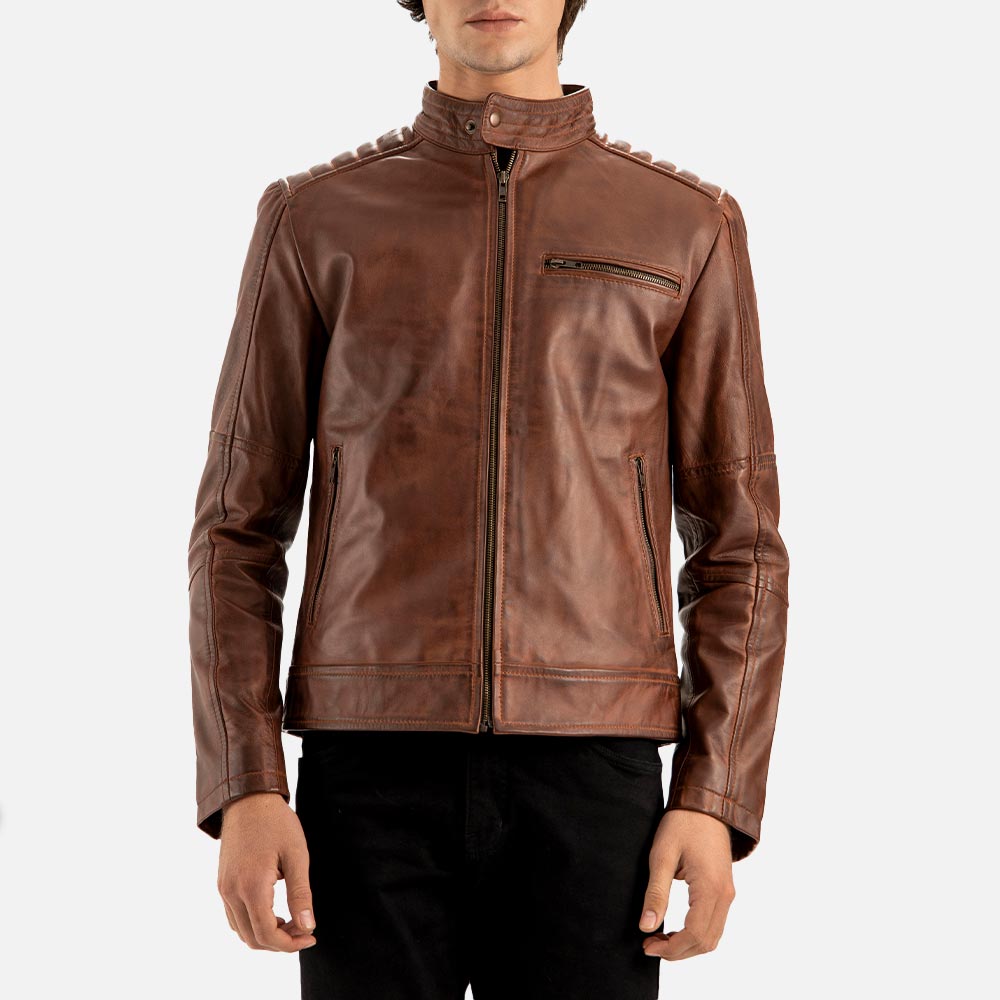
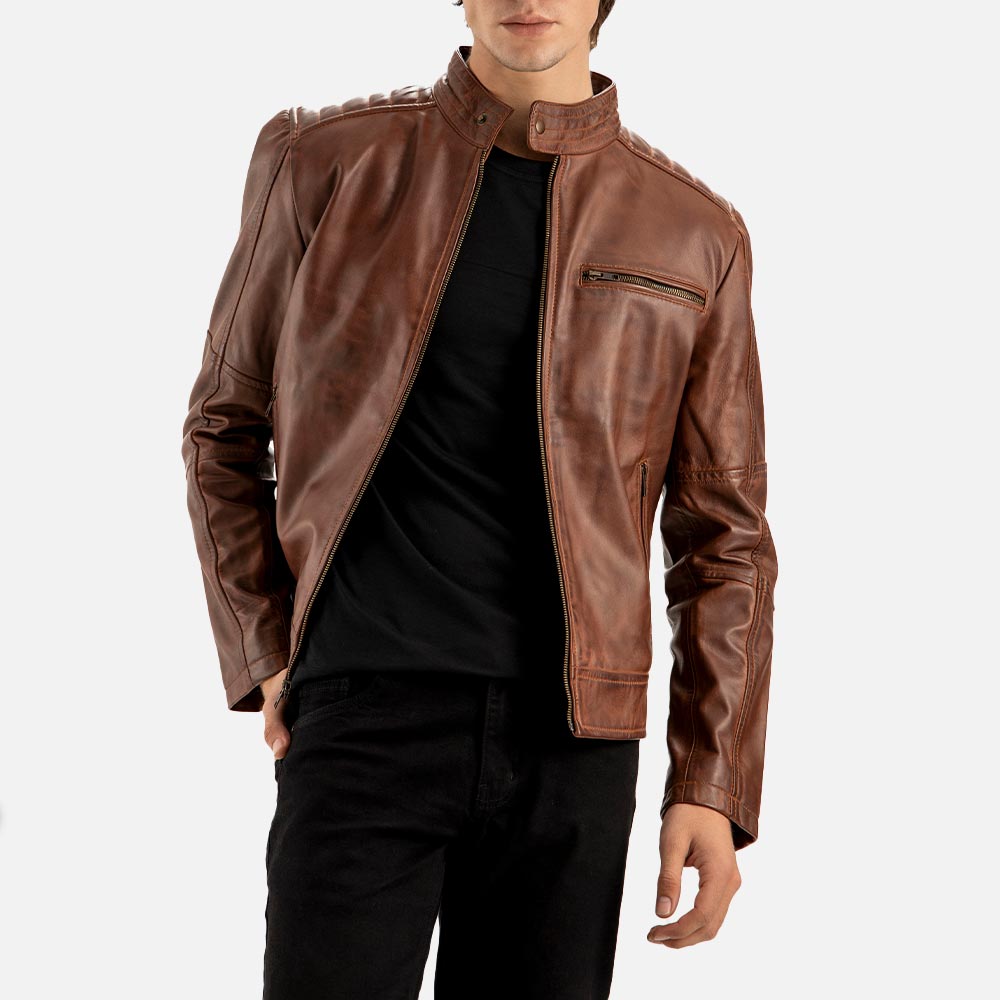
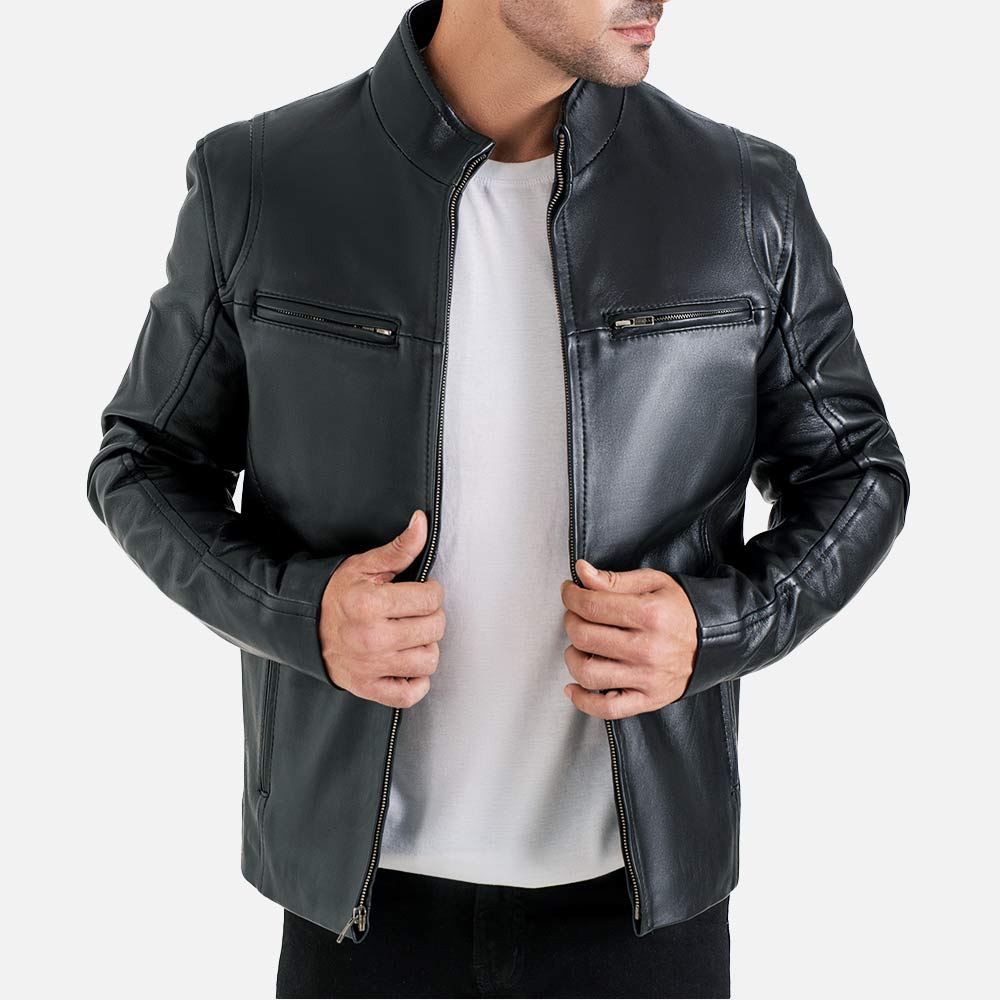
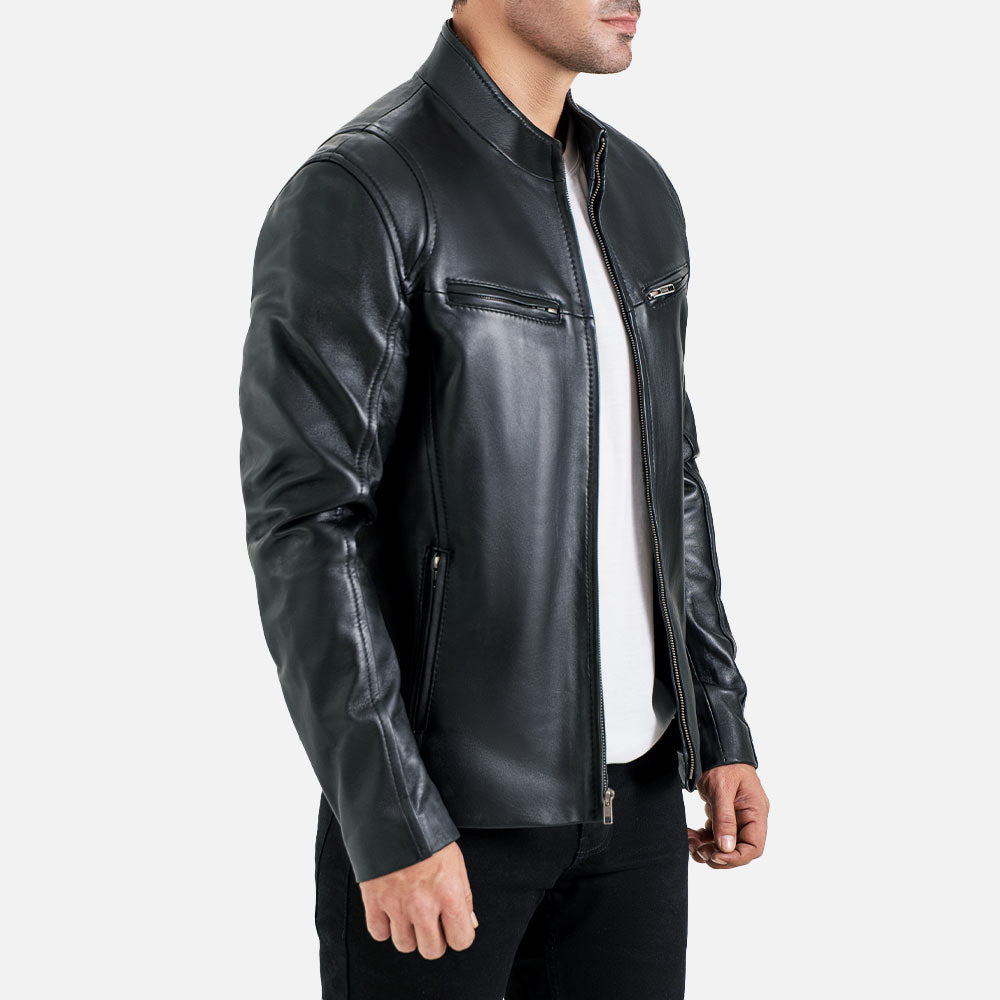
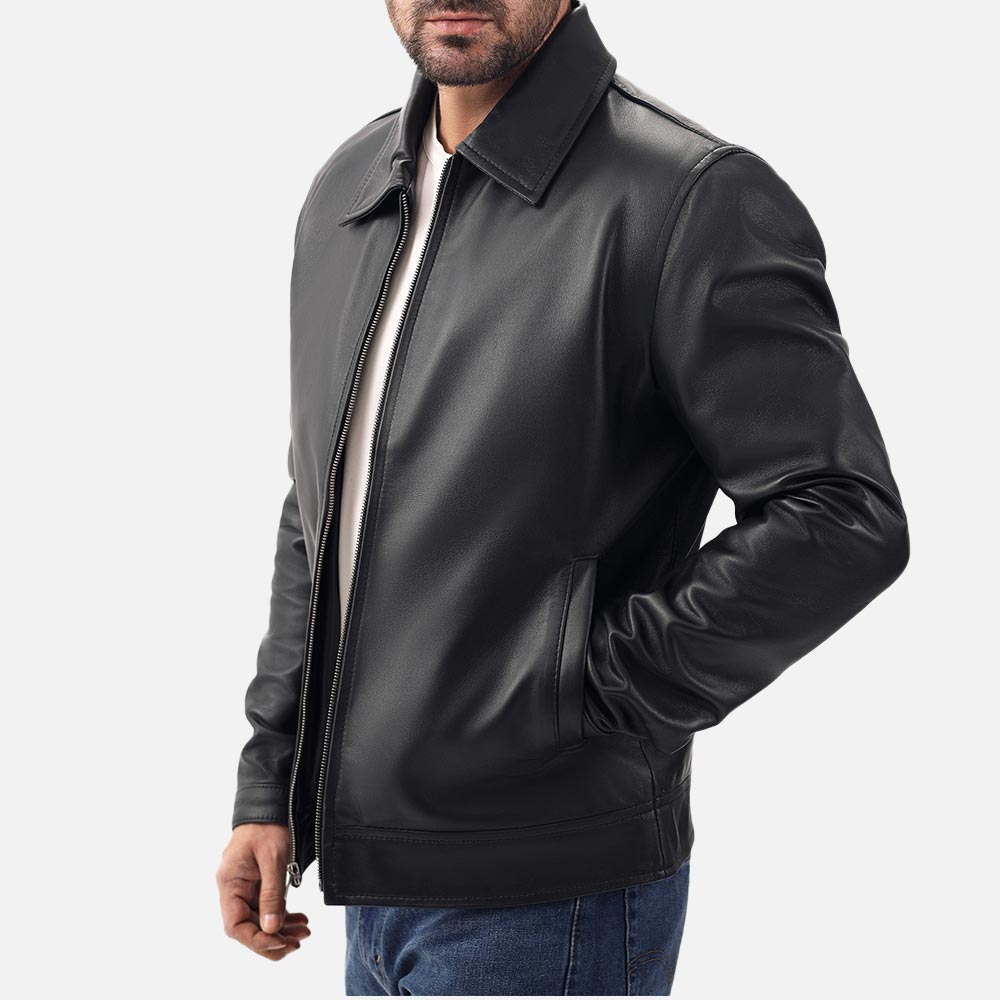
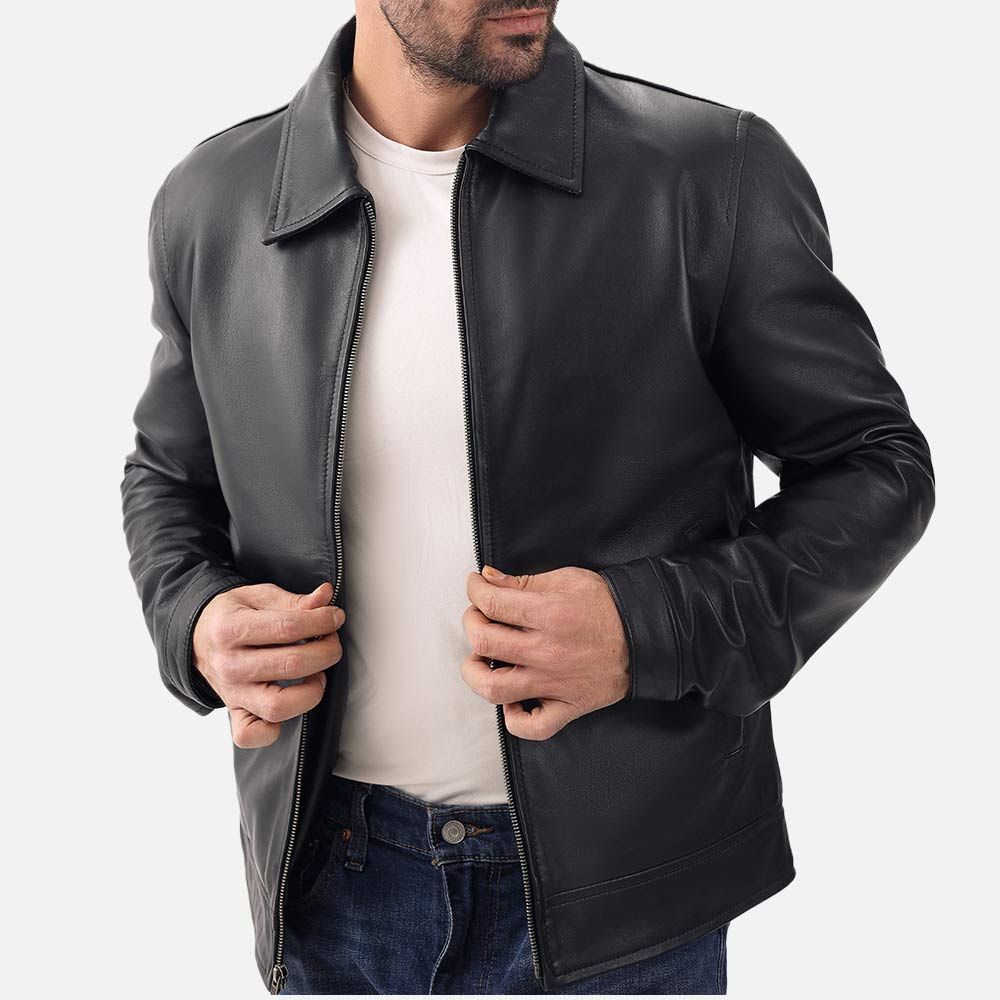
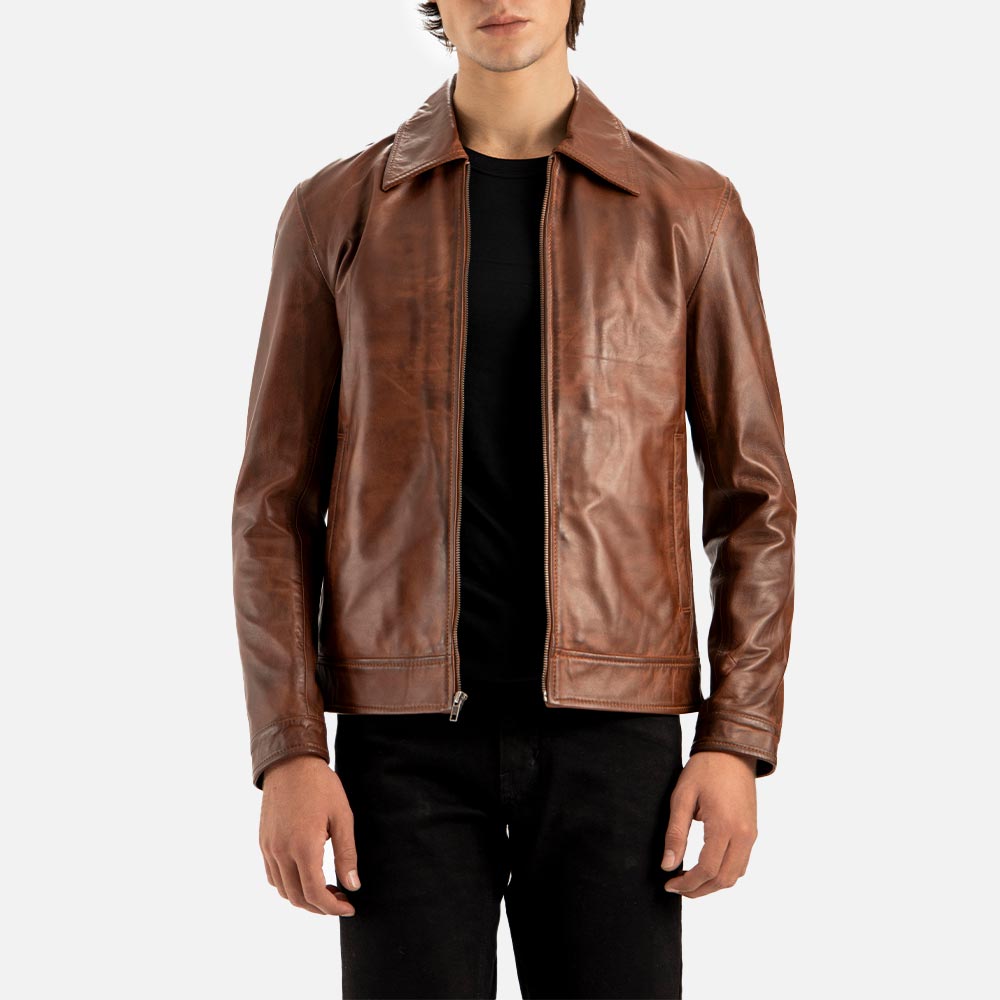
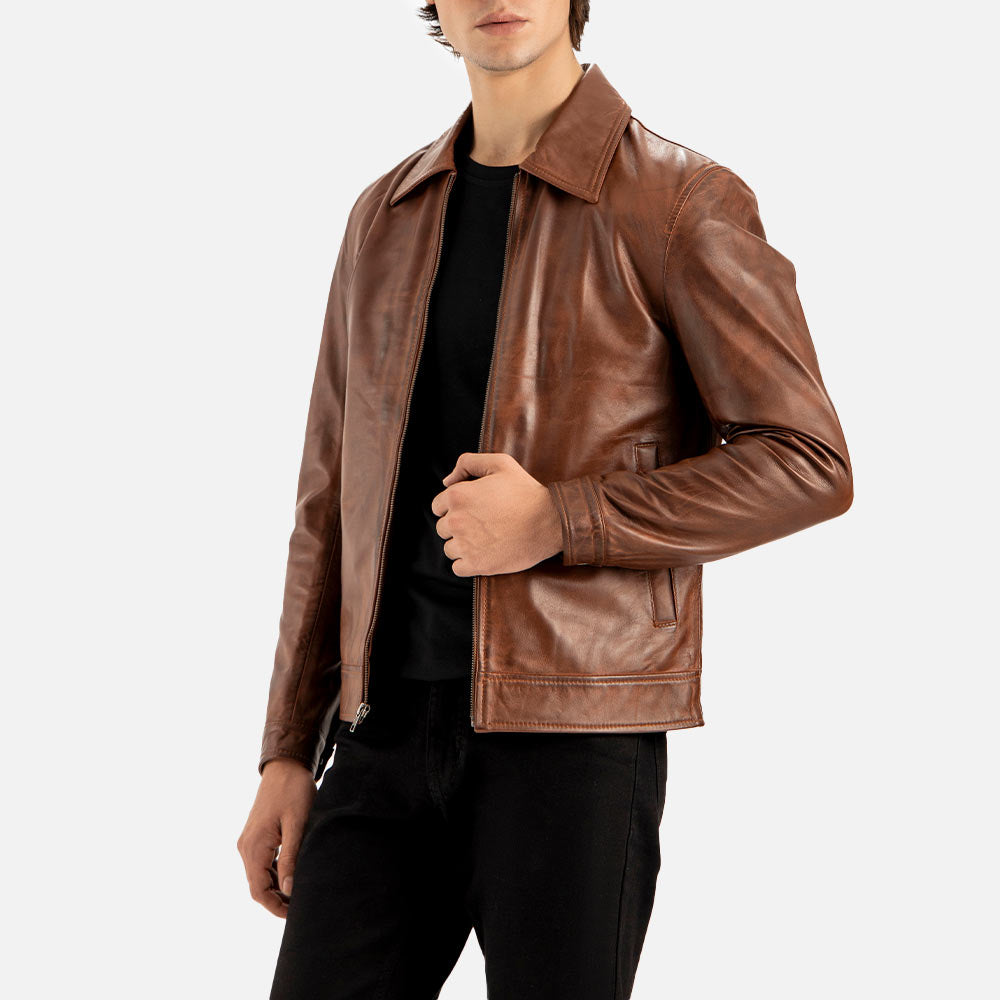
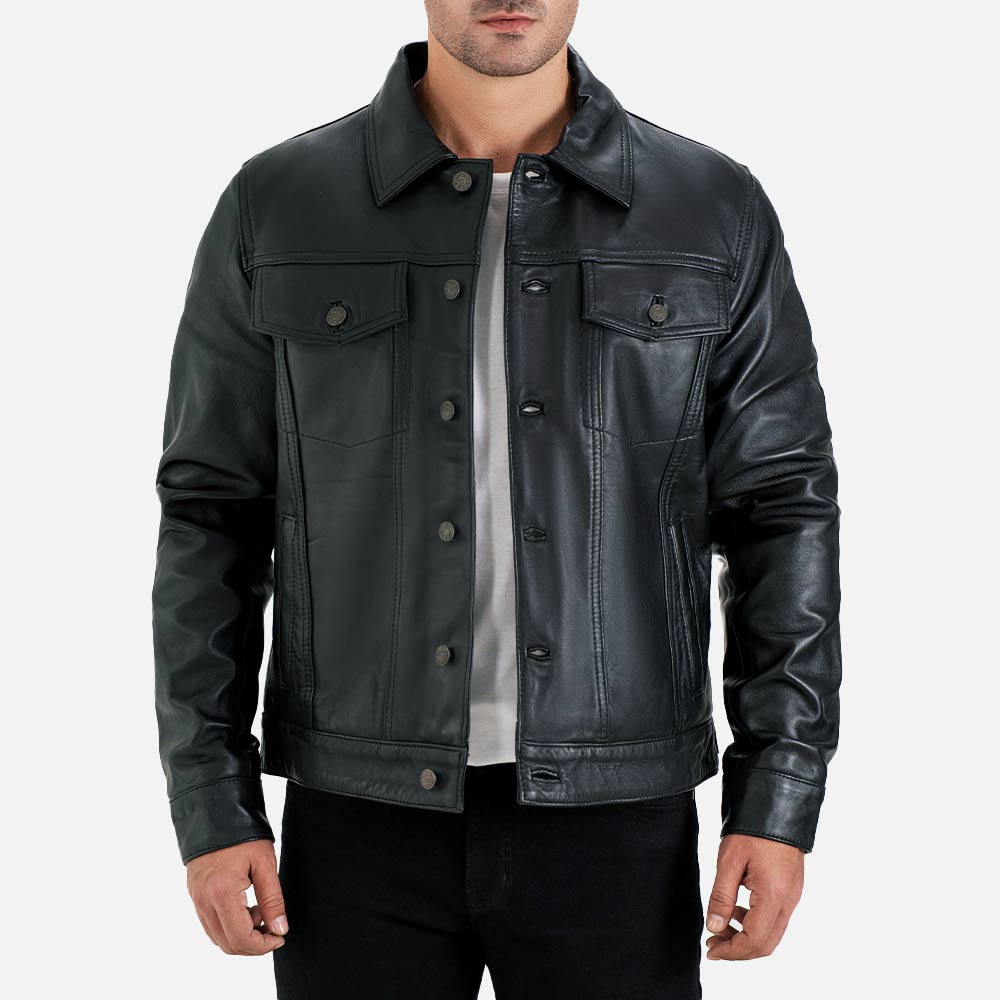
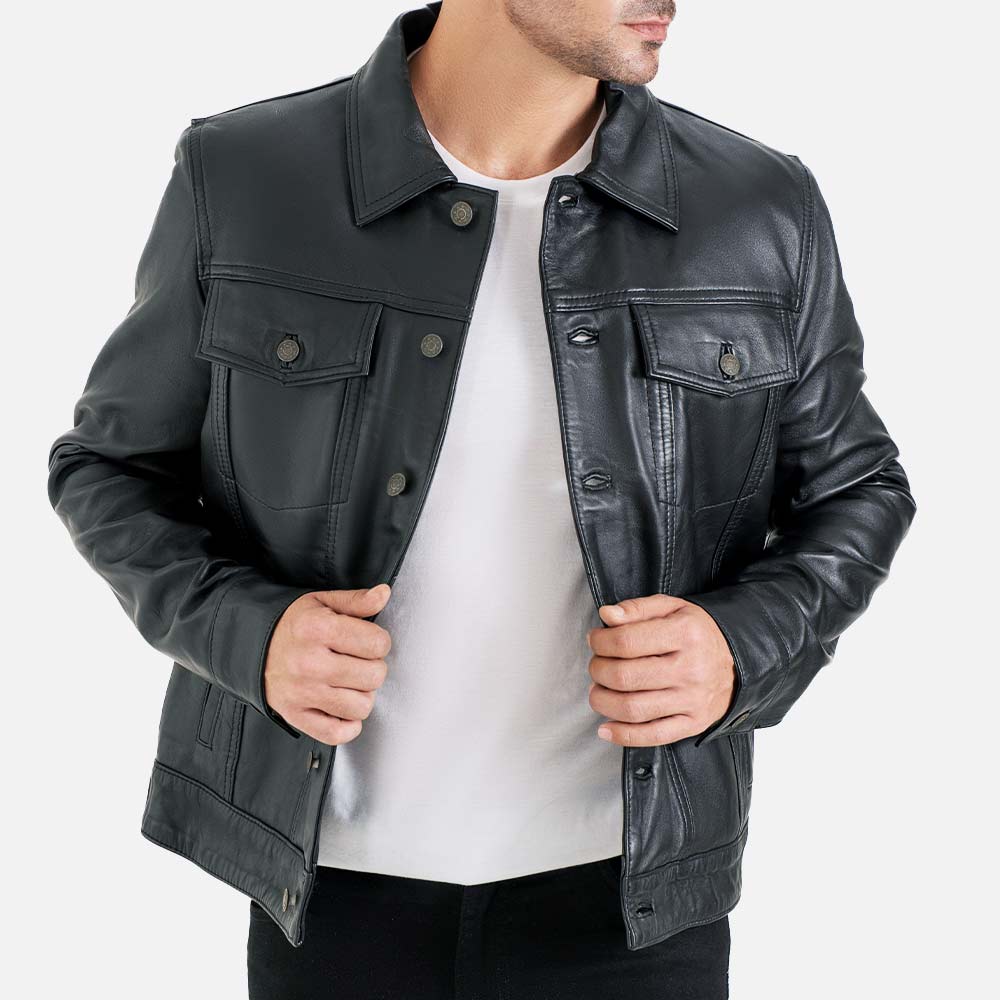
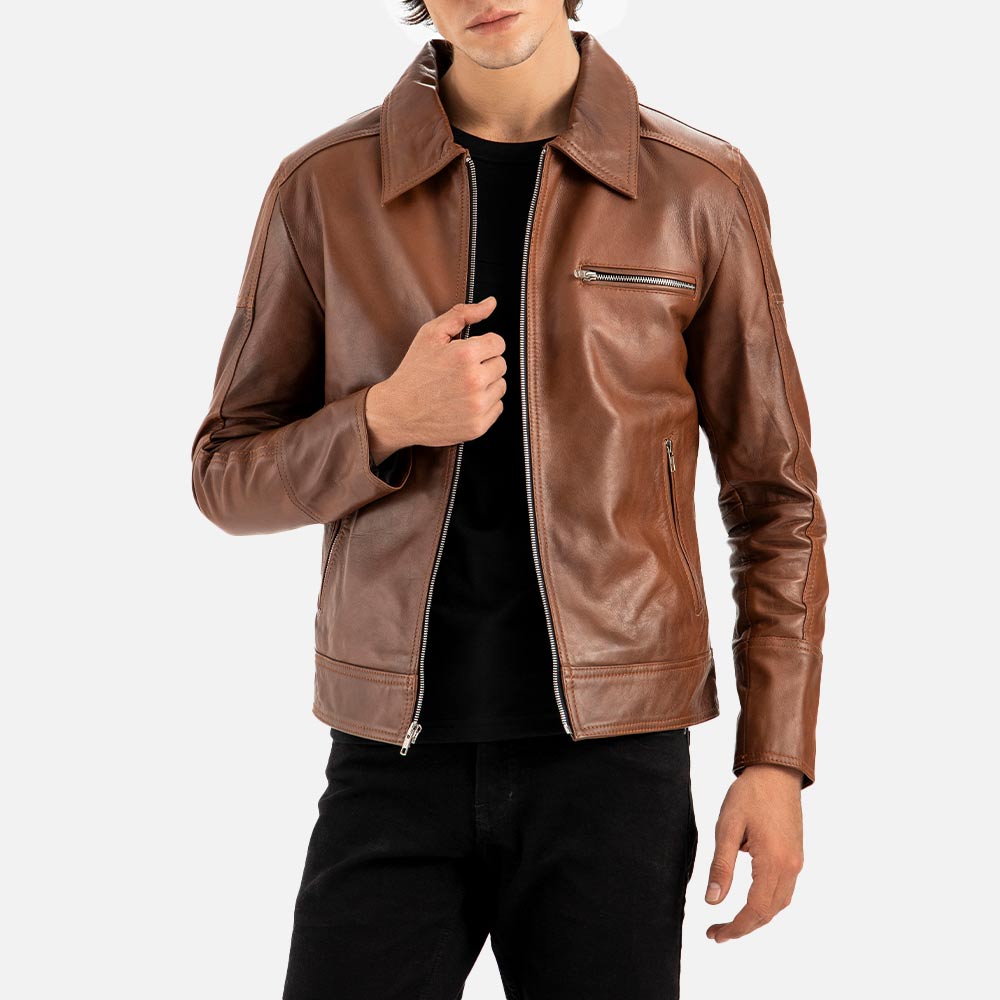

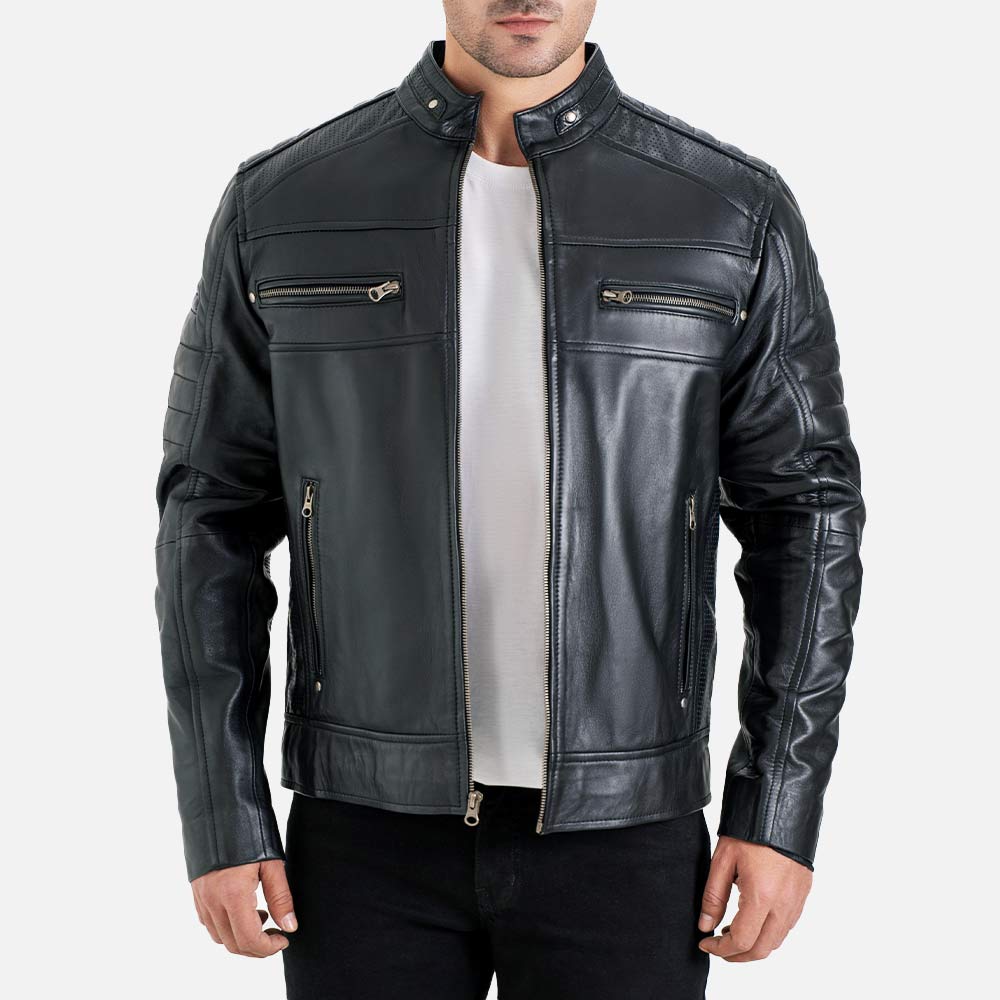
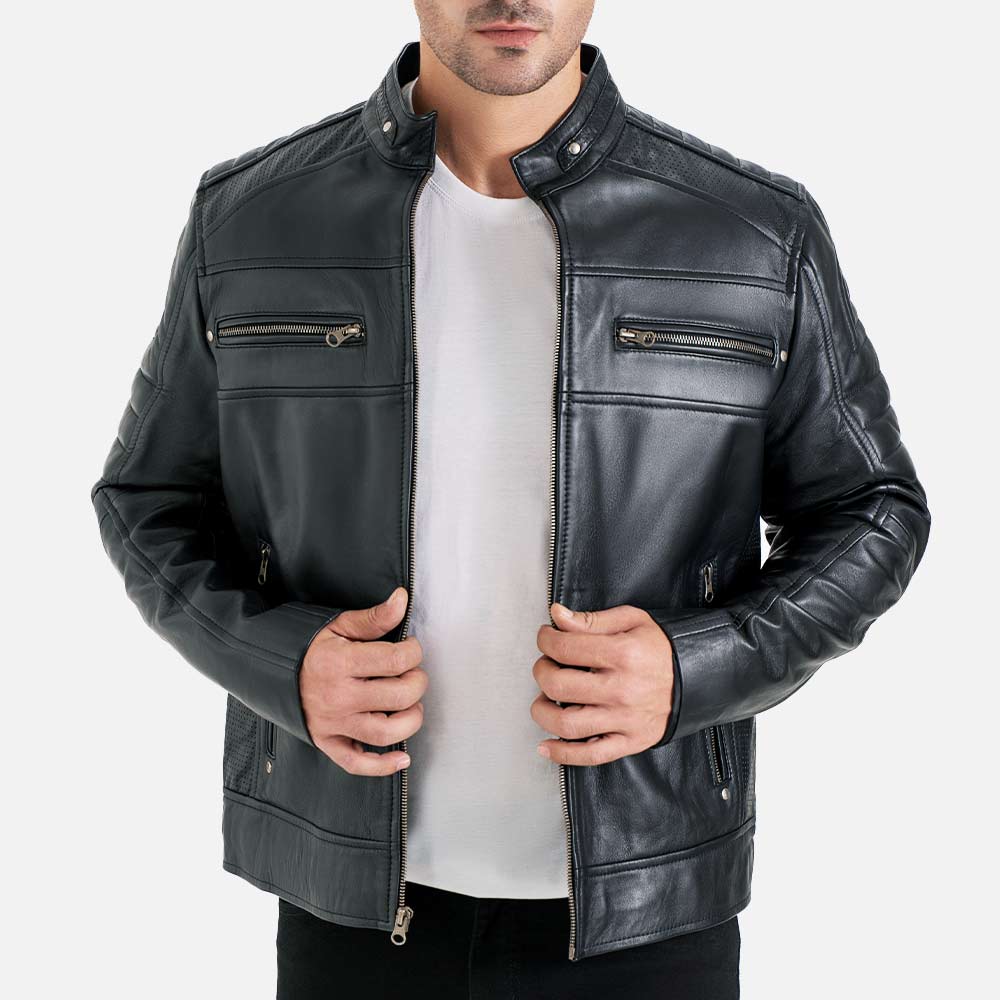
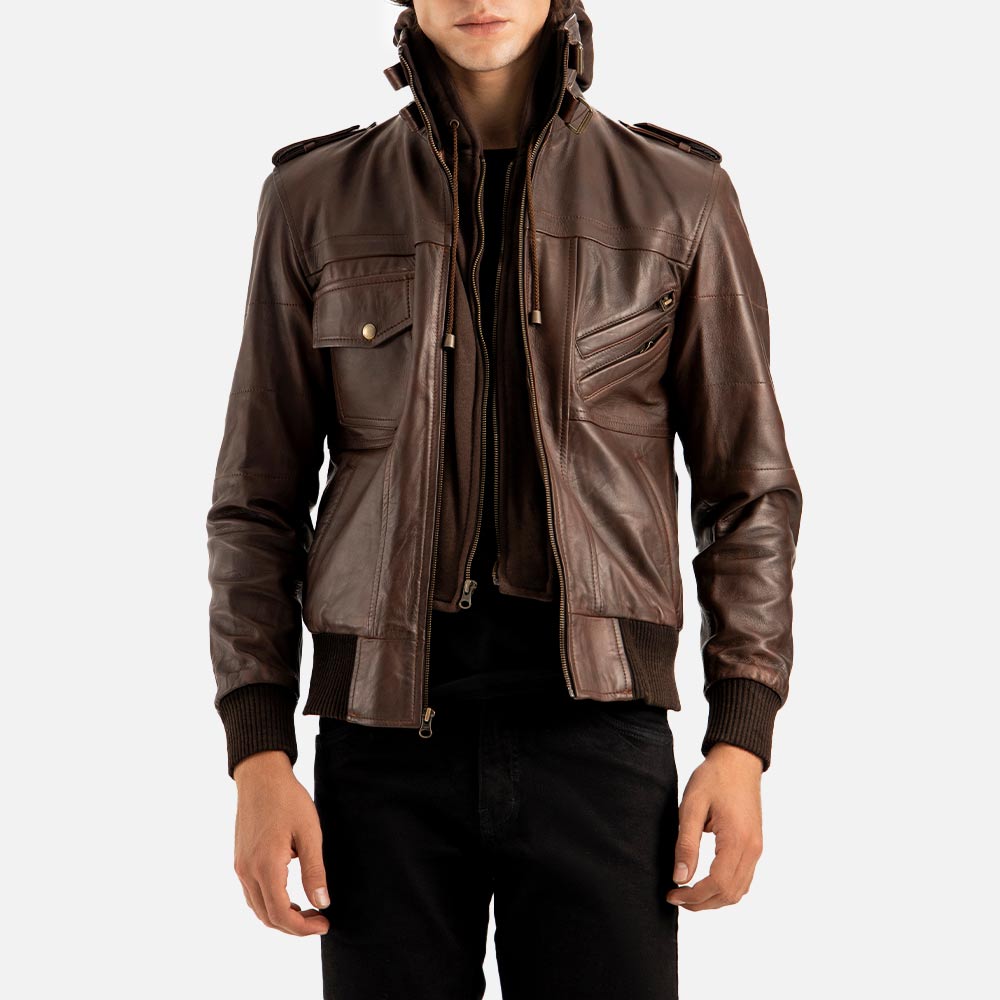

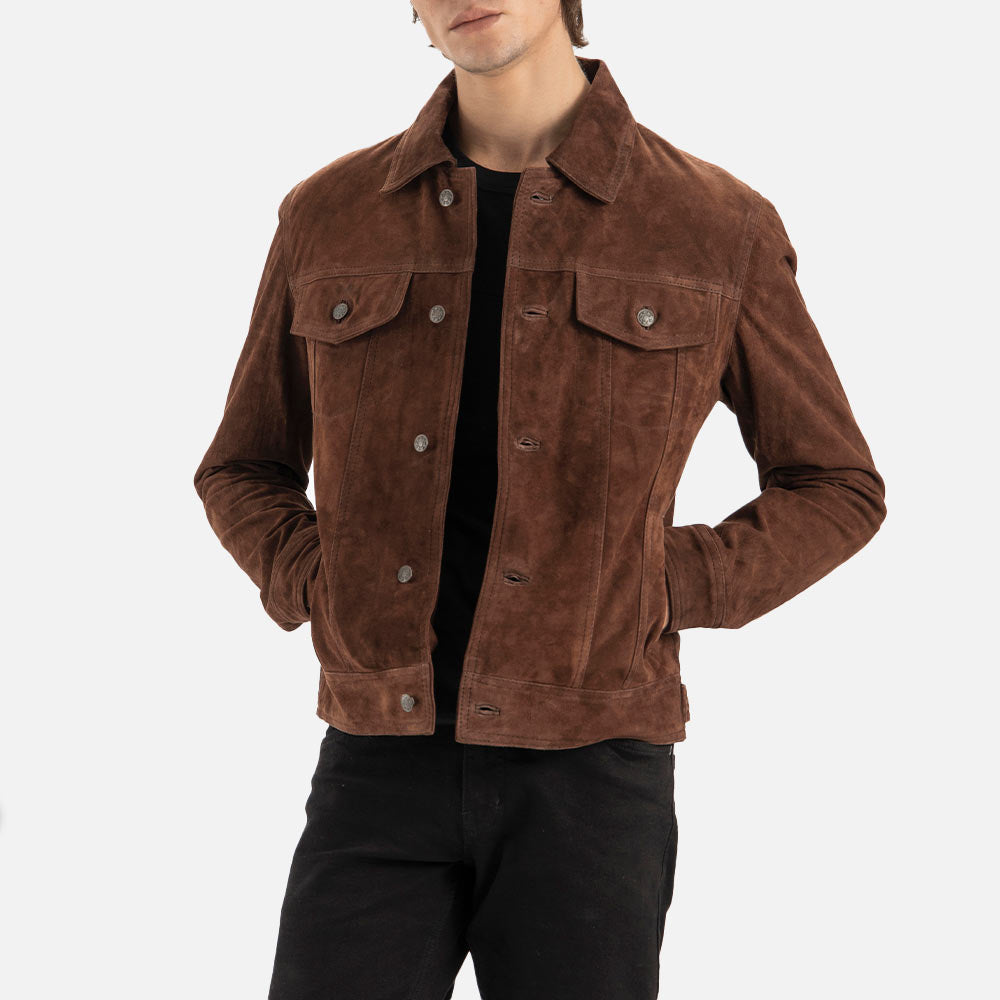
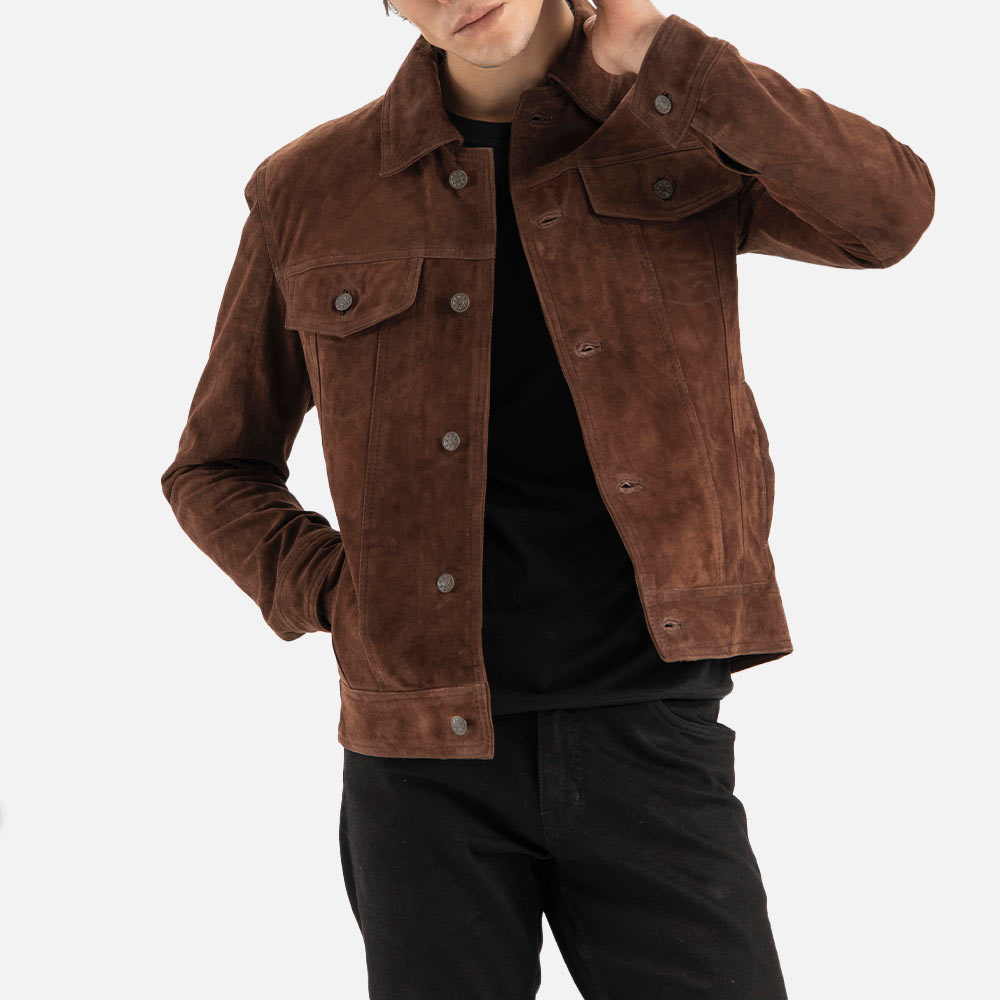



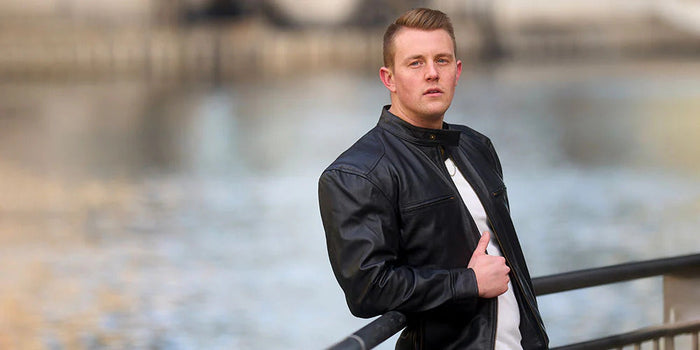
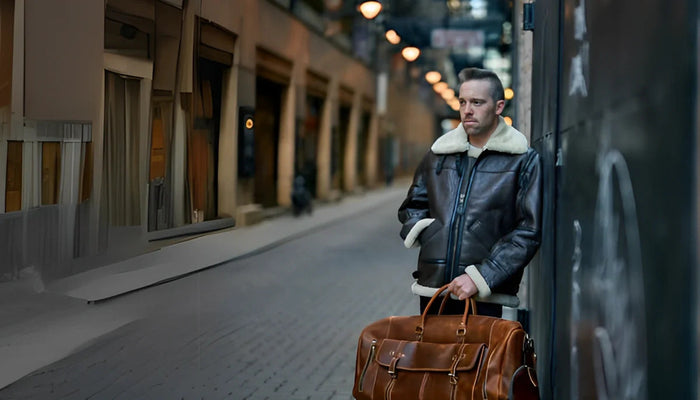

Leave a comment
This site is protected by hCaptcha and the hCaptcha Privacy Policy and Terms of Service apply.